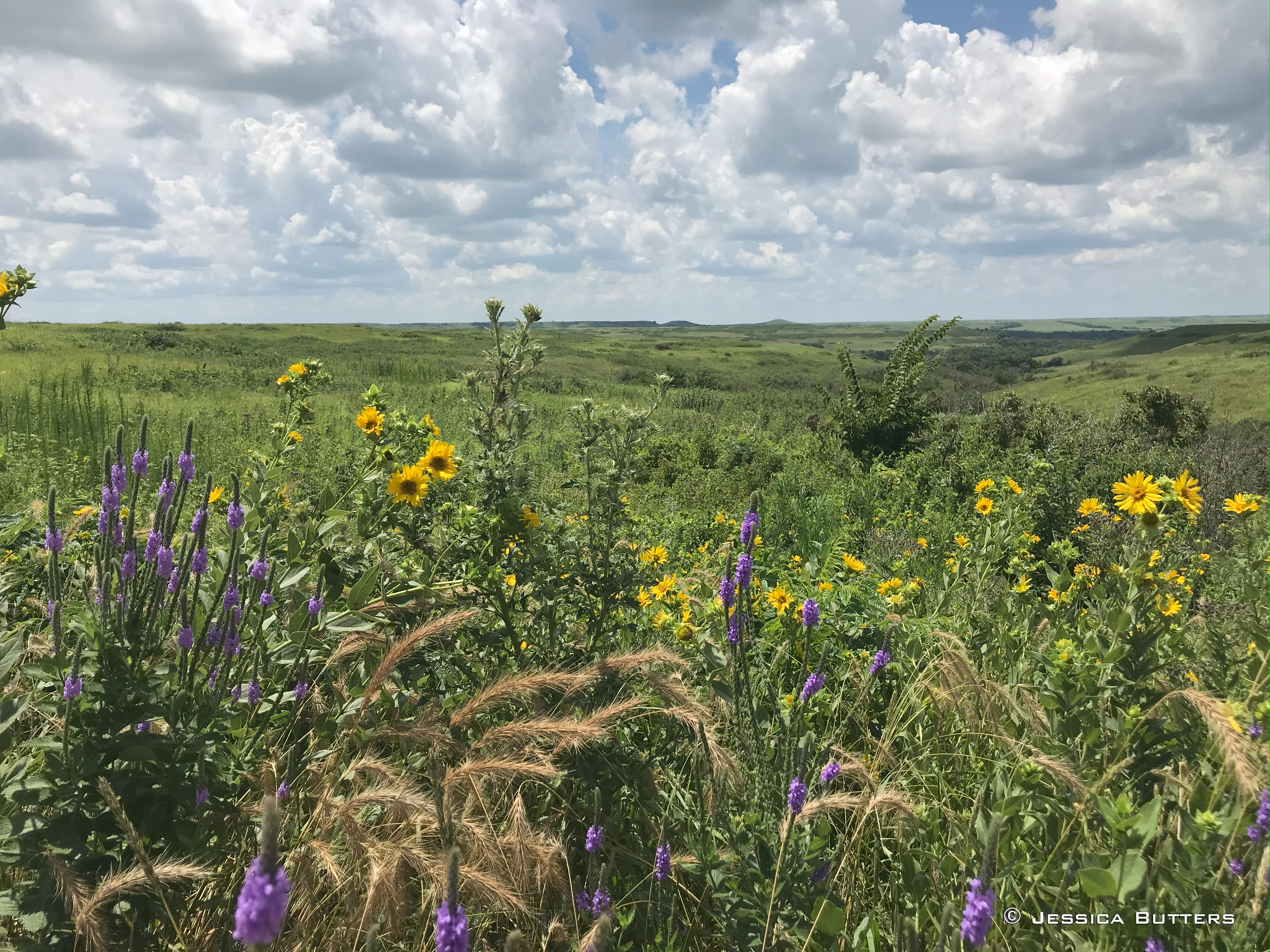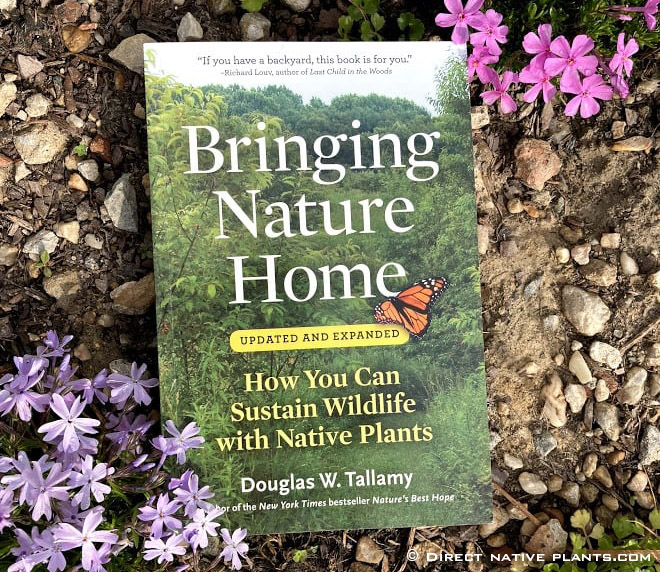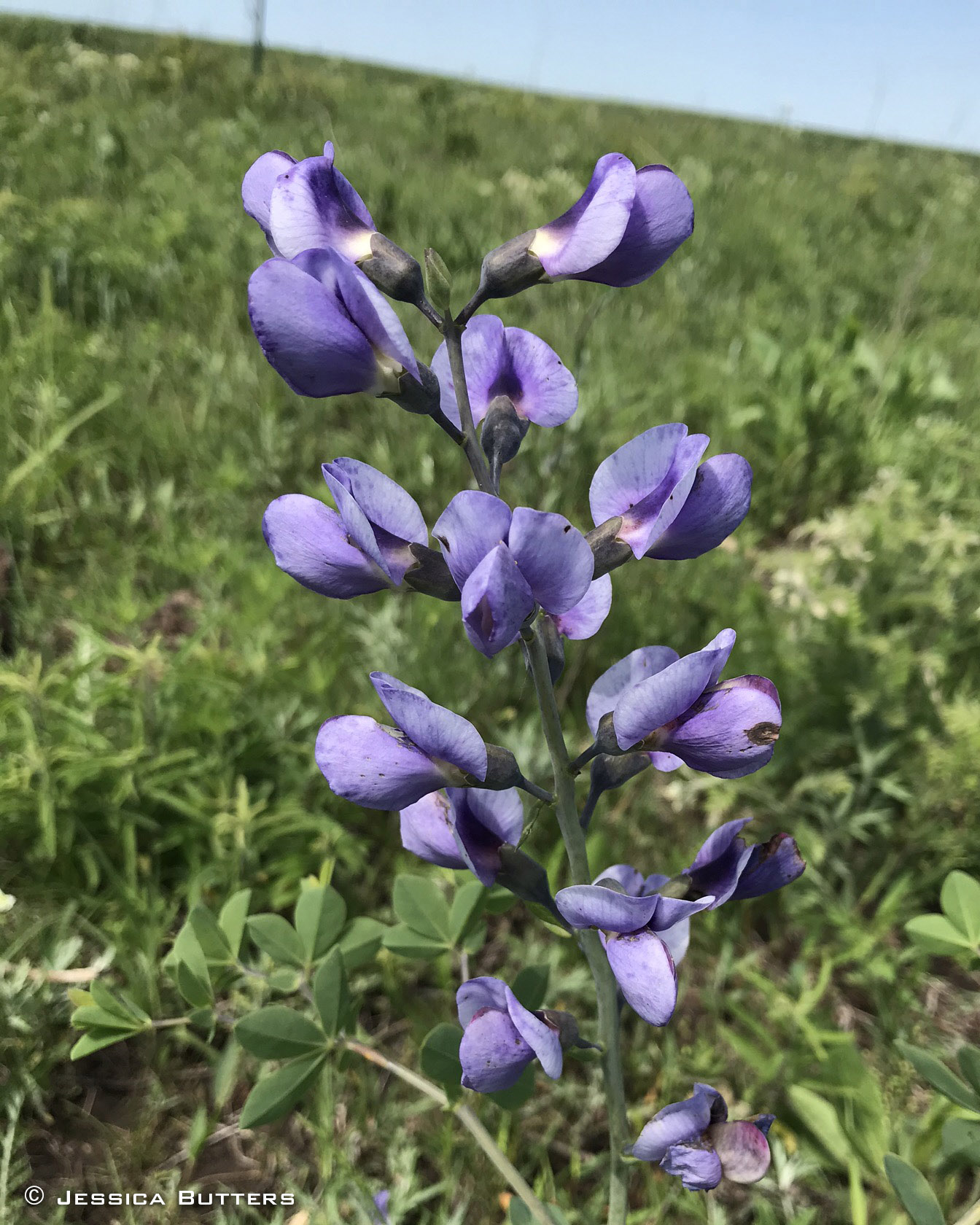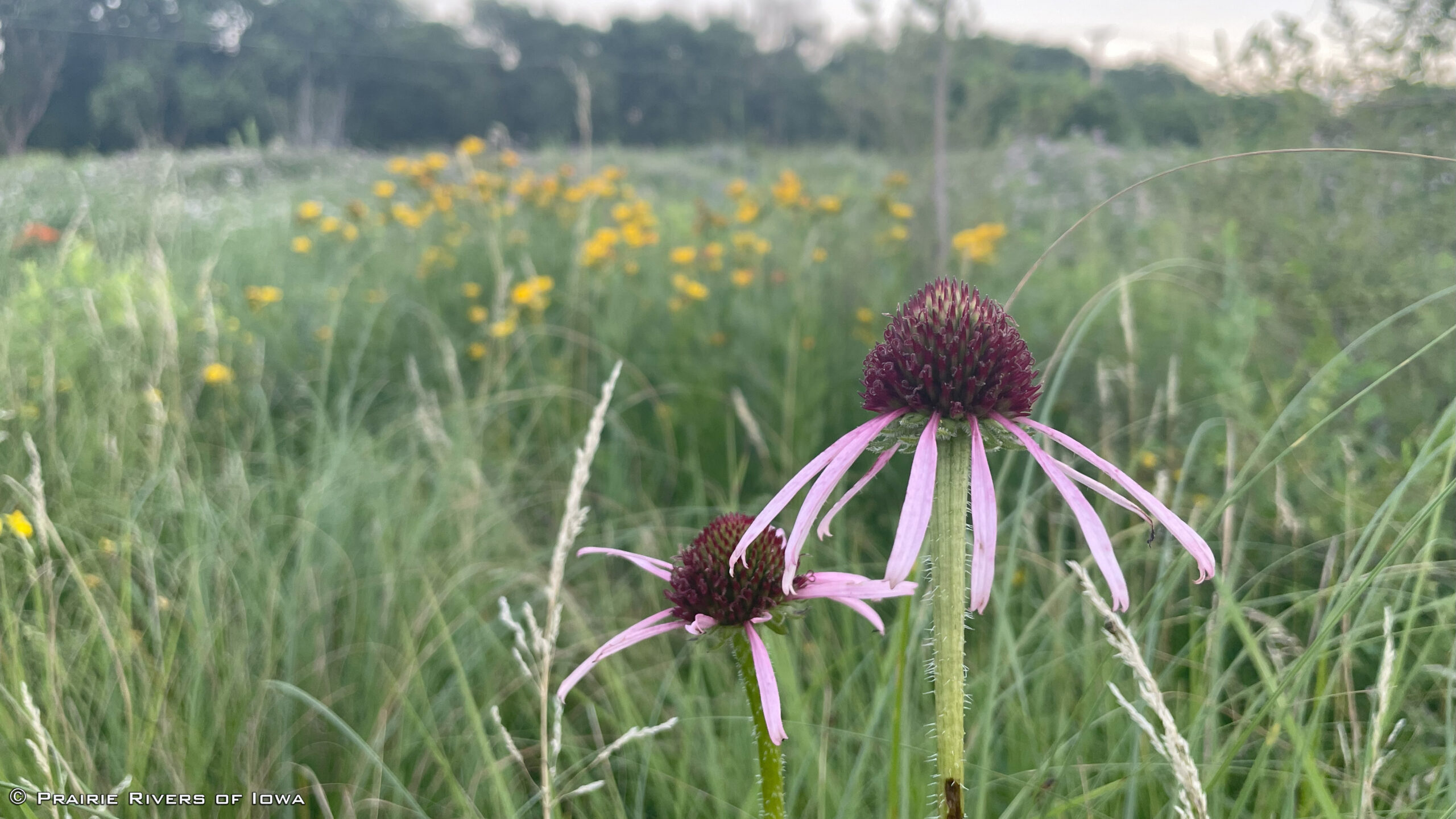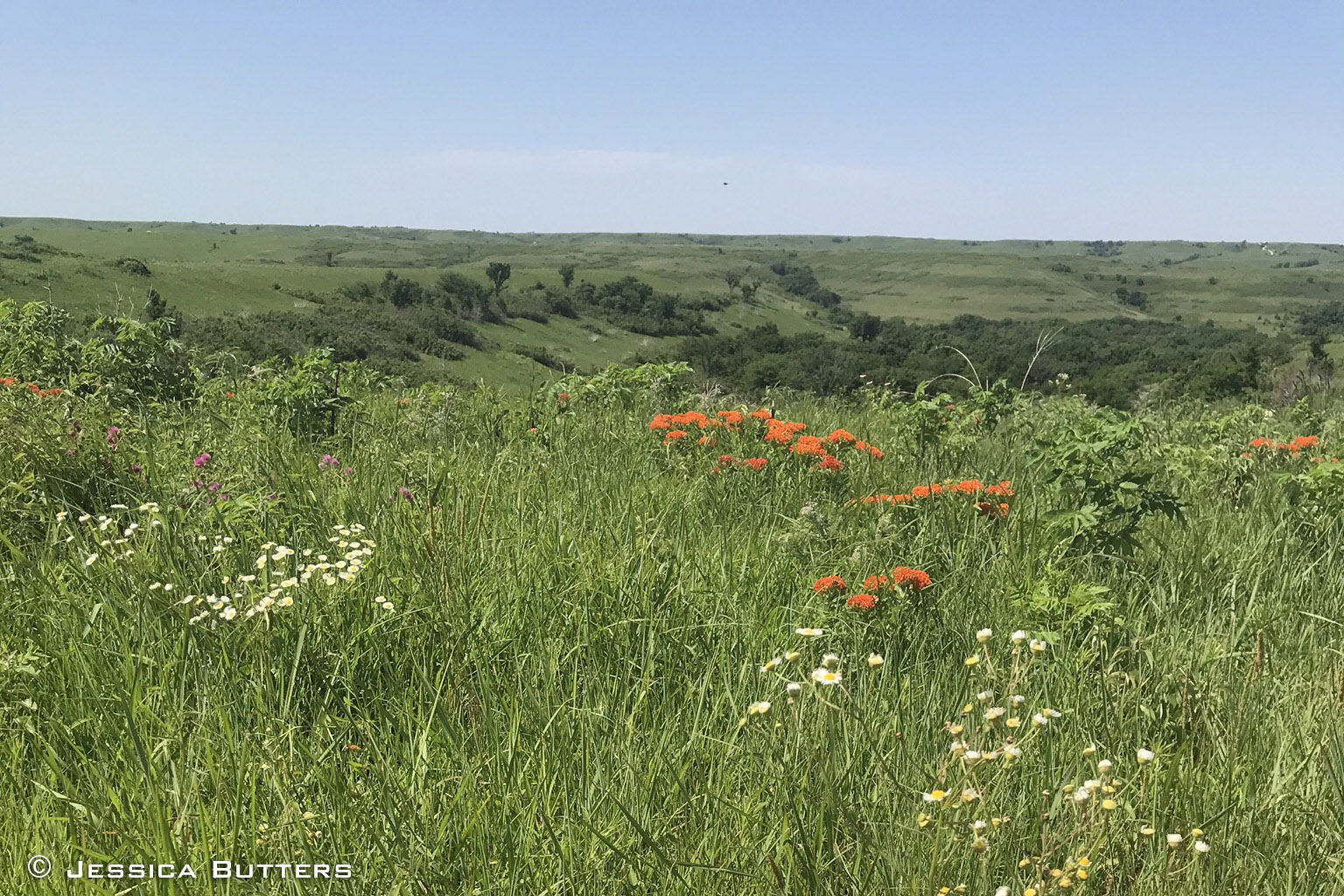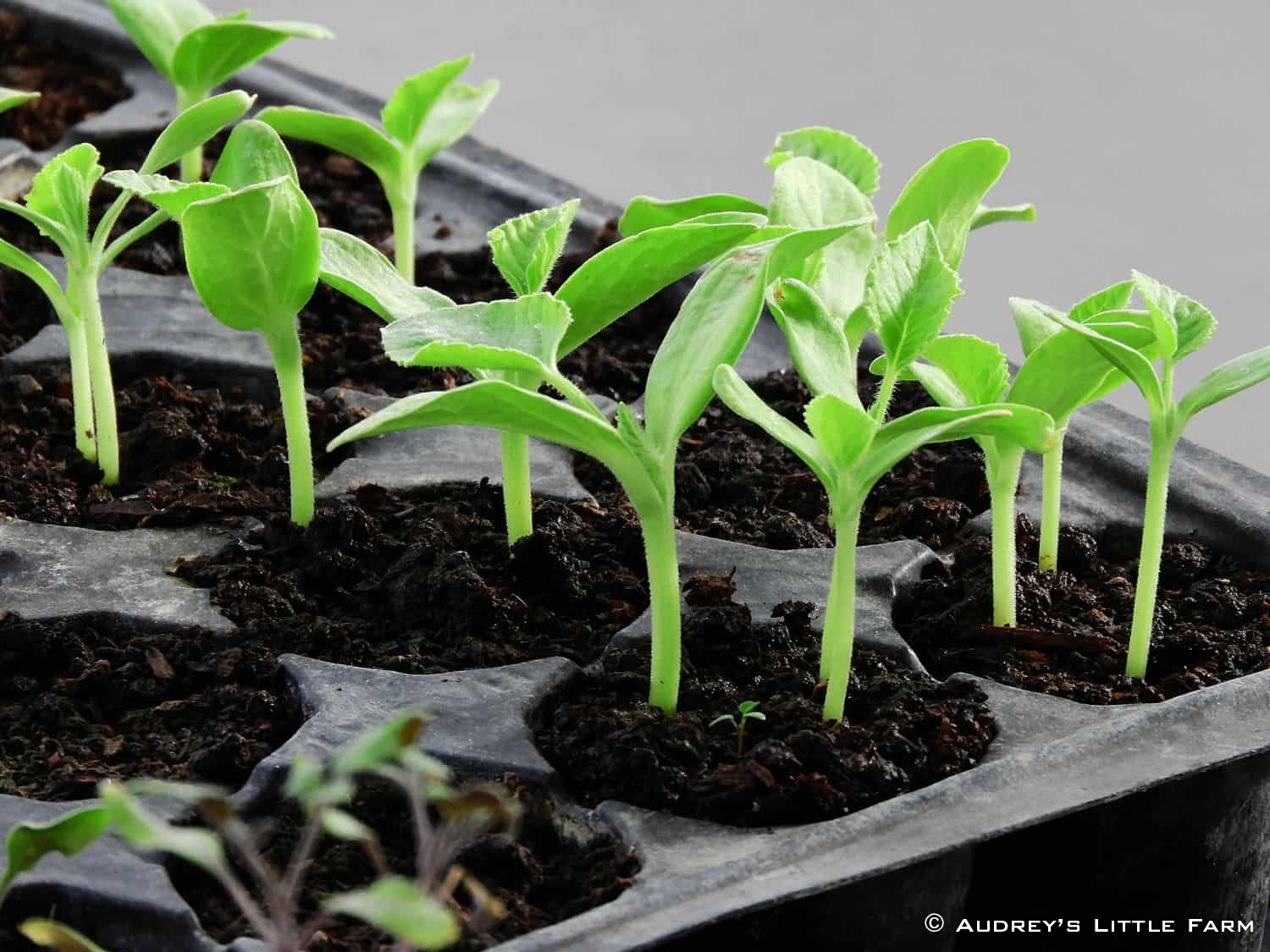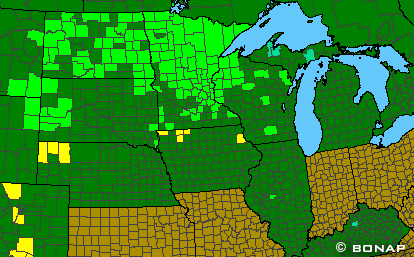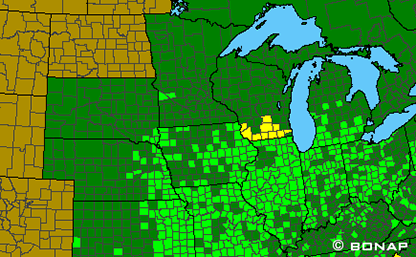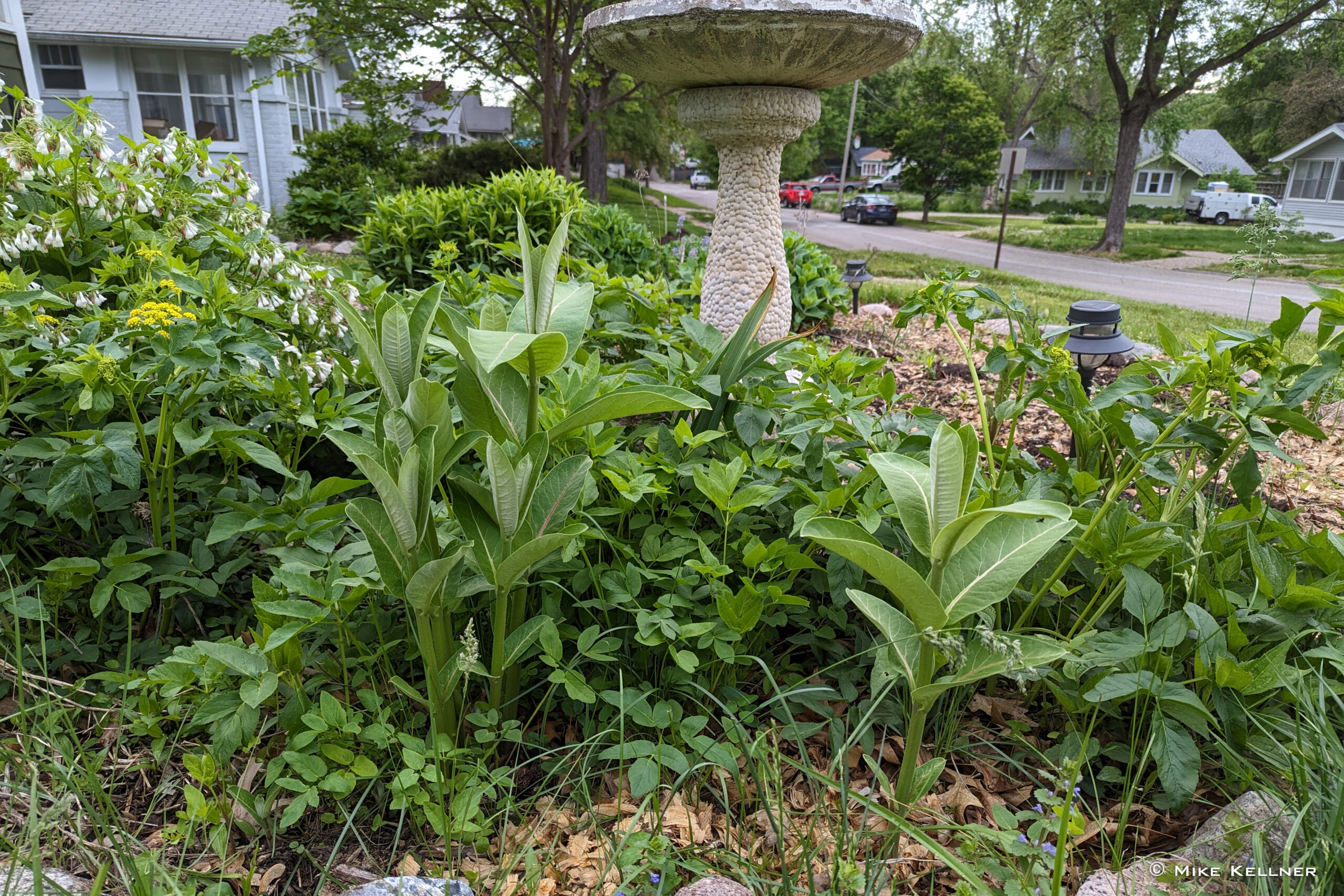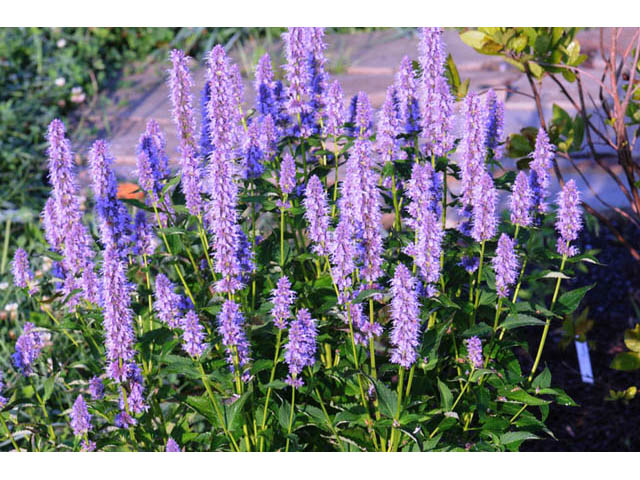
What It Means to Be Native
Bringing Nature Home, published in 2007, is the first book by Dr. Douglas Tallamy, Professor of Entomology and Wildlife Ecology at the University of Delaware. The title says it all. Dr. Tallamy argues that we can make important contributions to the conservation of native wildlife by what we choose to plant in our backyards. Much of the world’s landscapes are dominated by humans, leaving little space for Nature. Iowa has lost over 99% of its native prairies, 92% of its native wetlands, and 75% of its native forests. Where Nature still exists, non-native and invasive species wreak havoc by taking up space and disrupting natural ecosystem processes that support native species.
More than 50,000 foreign plant and animal species have established in the United States. About one in seven is invasive. Damage and control costs are estimated at more than $138 billion annually (USDA/APHIS, 2001). Native species are under siege everywhere. So where is Nature to go? Dr. Tallamy invites us to make a place for Nature in our backyards and gardens. By doing so, we will help make a brighter future for Nature.
What does “native” mean?
Dr. Tallamy has published nearly 100 research papers on insect ecology, behavior and physiology. His work shows that insects prefer to eat plants with which they share an evolutionary history. If you add plants to your yard to benefit native wildlife, native plants should be your first choice. The evolutionary connection between them is a powerful concept. So what does it mean to be native? All species have a natural biogeographic range, a map that shows where the species exists under natural conditions. This is where the species is indigenous and native, where natural population processes and migration have permitted the species to live, and where it has adapted to the environment.
What is “local ecotype”?
The term local ecotype is often used in discussions about what is native. However local ecotype does not mean the same as native. It addresses a different population concept. If a species’ biogeographic range is very large, like several hundred miles in diameter, then it is possible that ecotypes are present. An ecotype is a genetically-defined subpopulation within a species’ range. They form through evolution. Consider the common grassland species big bluestem. Its range includes 45 states and provinces in North America. It is likely there is a Texas-ecotype, an Ohio-ecotype, a North Dakota-ecotype, and others. Because ecotypes are a result of evolution, they are the version of a species that is best-adapted to the environment where they exist. The challenge is what constitutes a “local” ecotype, meaning the ecotype best adapted to your location. Not nearly enough research has been done to answer all the questions we have, but we do know using a “local” ecotype is important in restoration.
The most important step in ecological restoration, no matter the size, is choosing what to plant and acquiring the right seeds. It can be intimidating. So here is a three-step guide to help:
1) Select species native to your place; usually your county works well. This is very important and often difficult. Accurate information can be hard to find, in part because many species have been moved outside their range by humans. Those troublesome invasive species we battle were initially introduced to a place beyond their native range. If you do the same, you could be contributing to the massive problem that invasive species present.
2) From the list of native species, select those that are correct for the environment where they will be planted. Soil moisture and light level are important factors. Consider the soil type, topography and local geomorphology. Is the planting site on a slope? Is it in a swale or on a ridge? Is the soil sandy? Or, will you be planting seeds in pots on your patio? Will the species in the pots need frequent watering, or perhaps your patio is very shaded?
3) Steps 1 and 2 will result in a list of species that are suitable to plant. Obtain seeds of those species that are “local” ecotype, which means from a supplier within 100 to 150 miles of your planting site. How will you know the seed they are selling is local? You don’t know for sure unless you ask questions. If the seed is Iowa yellow tag, then it is certified to originate from an Iowa prairie. Therefore, if you use yellow tag seed from a grower/supplier located within 150 miles, it is very likely you have local ecotype seed.
This hypothetical example may help. Suppose you live in Boone County and discover that Agastache foeniculum (anise hyssop or blue giant hyssop) is great for pollinators because it’s a favorite nectar plant of many native bees, butterflies, moths, and hummingbirds. Anise hyssop is also widely available commercially as an ornamental plant. At least eight cultivars have been developed, which means it has been genetically altered into forms that are more pleasing to humans. It is native to western South Dakota, North Dakota, parts of Minnesota, and northwest Wisconsin. Northern Iowa is the southern limit to its range (see maps below). Although listed as an endangered species in Iowa, its true status is more likely extirpated. There are probably many cultivar plants bought from nursery stock growing in gardens throughout Iowa, but they do not have the same genetic makeup and characteristics as the native plants. For someone living in Boone County, anise hyssop fails to pass the first step outlined above: it is not native to Boone county. But there is an alternative option, one that is much better ecologically. You can plant Agastache nepetoides (yellow hyssop), a close relative of anise hyssop and equally as valuable for insects. It will do well in semi-shaded moist sites and is native to Boone County and most of Iowa.
BONAP distribution maps for anise hyssop (left) and yellow hyssop (right). Dark green means the species in question is native to the state. Light green means the species is present in that county and not rare, while yellow indicates that the plant species is present but rare.
Native plants are the best choice for supporting native biodiversity. They are better suited to Iowa’s environments than non-native species, they are easier to establish and maintain, and they are just as attractive and more enjoyable than non-native species. They belong, ecologically, to any place where they are native. But just because a plant species is native to Iowa, that does not mean it is necessarily native to your county. The majority of Iowa’s native plant species are only native to a subset of Iowa counties. That is what makes Iowa’s botanical diversity uniquely interesting!

